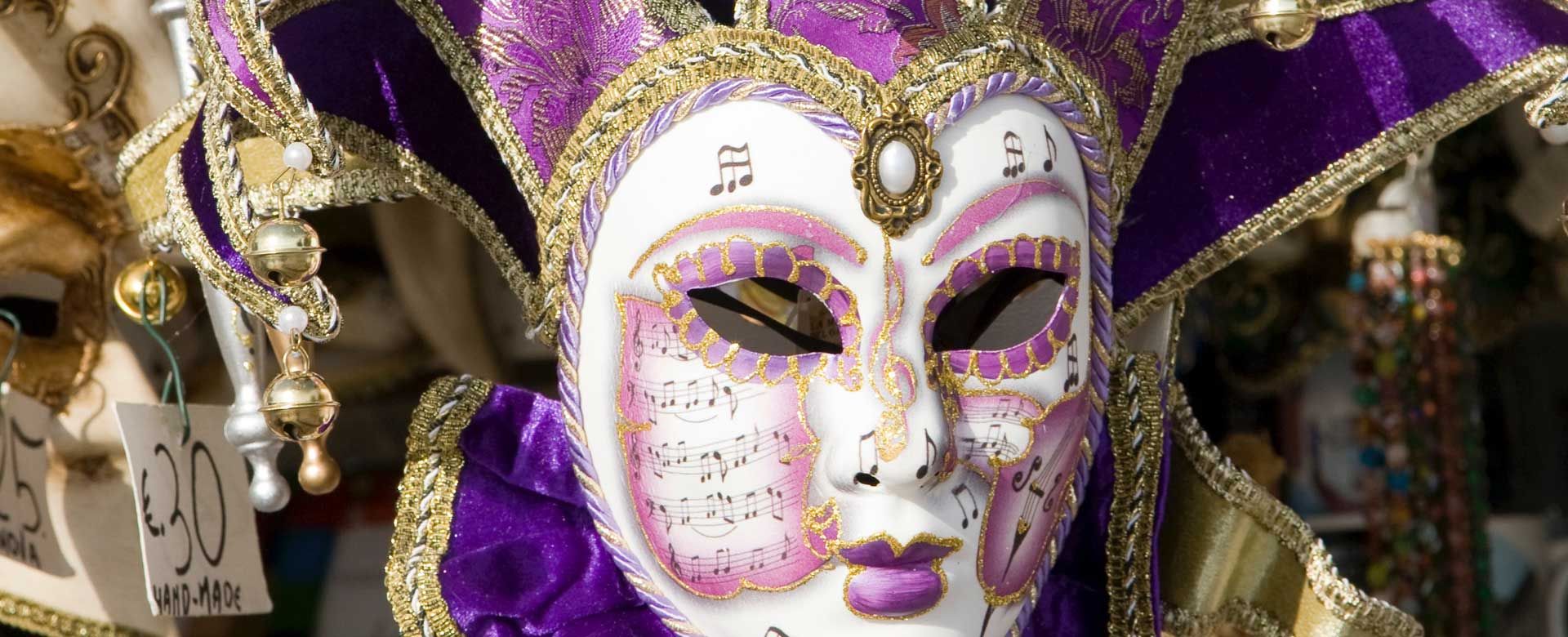What you need to know about powder coating
Powder coating, which uses color pigments that start in a powdery state, is an effective way to create a high-quality finish on a variety of products. But you may be asking yourself: Is it right for my operation? You may also be wondering what equipment you’ll need before starting.
Why powder coating?
First, let’s address why you may want to powder coat. Powder systems can create an attractive, durable coating on a wide range of surfaces. It creates an excellent look and feel to the final product, while also leaving a durable finish with cost-effective efficiency.
There are many advantages of powder coating.
- Longevity. Powder coating has a strong paint layer, so a coat will last longer compared to liquid paint. In other words, it takes longer for the coating to break down.
- More environmentally friendly. Available in a wide range of shades and surface structures, powder coating uses fewer solvents. Because it’s nearly 100% of the powder paint (thanks to the electrostatic system), that also means minimal waste.
- Can be less expensive. There is a low expense for safety engineering, a short training period for using powder booths, and an easy adjustment from one color to another. And again, because it’s powder, it may be cheaper than liquid paint.
- Versatile. Although powder coating is typically used on metal many objects can use this process, including wood and plastics. The water in the wood acts as the electrical conductor. As long as it can draw an electrical charge and withstand the curing temperatures, it’s a candidate for powder coating. Plastics can be powder coated, but they need a surface finish that can be charged and must withstand high curing temperatures.
Industrial powder coating: the steps and equipment
When considering powder coating systems for your operation, it’s important to understand the process, which is usually divided into three steps: 1) pretreatment of the item, 2) application of the powder, and 3) drying, also known as curing.
Powder coating equipment
You’ll need a powder spray gun or powder booth as well as an oven (for that curing process). Whether you use a spray gun or industrial paint booth, is up to you and the process. There are people who can make recommendations, including Elevated! Contact us so we can help you determine the right equipment, and brands, for your job.
Pretreat the workpiece
The first step in the process is pretreatment, which ensures the surface of the item is ready for the powder. The surface must be clean and free of grease. In some cases, sandblasting or cleaning with special chemicals is required. If the part needs high corrosion resistance, a basic wet chemical can be applied before the powder is added.
Apply the powder
Now that the piece has been cleaned and prepared, the powder can be applied. During this step, the powder will be ejected from the spray equipment to the item. However, the powder will be electrically charged so it sticks to the piece. (Only electrically-conducive items, usually metals, can be powder coated.) While applying the powder, the item will be electrically grounded and the powder electrically charged. This creates an attraction between the item and the powder paint.
There are various processes for charging the item and, depending on the system, the charge may need to be adjusted to create thicker or thinner layers of paint. The charge may need to be adjusted because of temperature, humidity, desire for gloss, or to create abrasion resistance.
Dry or cure the workpiece
After the coat is applied, the workpiece will go through a drying process, which is often referred to as “curing” because the piece is heated, melting the powder so it holds firm.
After the coating is applied, it’s still in powder form. This powder is essentially a composite of plastic and color pigments, that usually cure between 320 and 400 degrees Fahrenheit. The powder contains hardeners that allow the paint to melt, dry, and become a hard coating, all while maintaining an excellent finish.
Is powder coating right for you?
Powder coating can be used on a wide variety of projects from cars and specialty vehicles to furniture. It can be less expensive and greener than using liquid coating plus the quality is durable. Picking the right equipment, whether you’re spraying or using automated spray booths, though can make all the difference.
Elevated can recommend processes and equipment as well as help you make a decision about spraying powder or liquid paint.

7 deadly sins of compressed air

Get your compressors ready after the holidays
